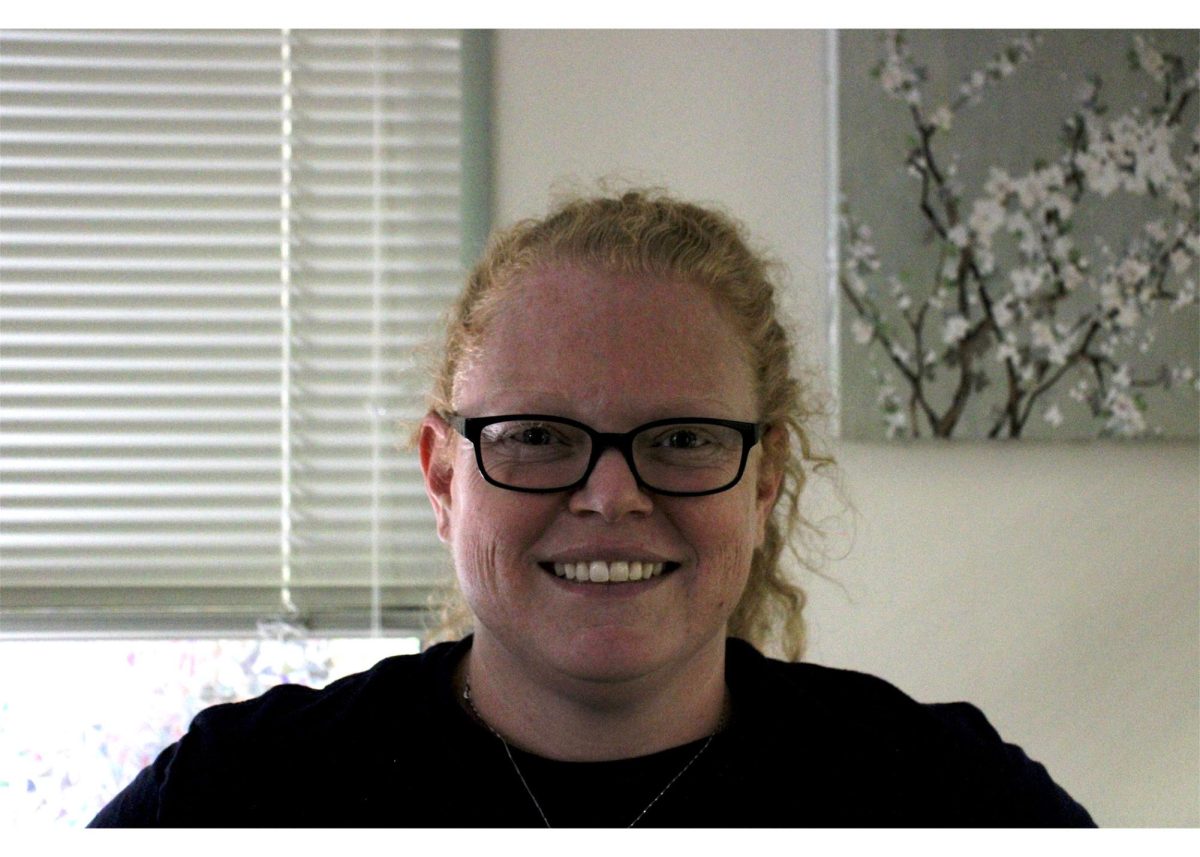Bad Air Quality Chokes Utahn’s
December 19, 2014
It’s a beautiful day in Salt Lake City, Utah. The sun is shining and it’s warmer than it has been in months. It seems almost a crime to stay inside on a day like this. But there is one problem with lacing up your favorite tennis shoes and heading outside to enjoy the unusually warm weather–the air quality is red today. This means that the air we are breathing is unhealthy for not only people with pre-existing respiratory issues, but everyone.
It is no secret that this city once known for fresh air and white-capped mountains is becoming known for its sickening smog and pollution. This winter, Salt Lake has been singled out as having some of the worst air quality in the nation. Icy fog can smother mountain valleys for days or even weeks at a time and capture soot. This microscopic lung-buster known as soot is a shower of combustion particles from a tailpipe and other emissions that is dangerous for even the healthiest of people let alone the sick or elderly.
The effects of the poor air quality are pervasive. Dr. Hannele Laine, a local OBGYN, recognizes that poor air quality can cause numerous health problems for an expectant mother and her unborn fetus.
“An episode of severe asthma in the mother can limit oxygen to the fetus interfering with development,” Laine said.
Recent studies that Dr. Laine reviewed suggest that poor air quality may negatively affect birth weight and even IQ. This study done by the Environmental Heath Sciences suggests IQ can be reduced before children are even born due to common air pollutants breathed by their mothers during pregnancy.
Another study done by Environmental Health Perspectives (EHP) found the risk of low birth weight to be 10 to 15 percent higher in densely polluted locations.
“There are a number of issues caused by poor air quality that most of us just don’t think of,” Dr. Laine said.
Not only are pregnant women and their unborn children at risk, but poor air quality is a problem for people of all ages. Dr. Alison Schlisman, a local Physician specializing in Geriatrics says air quality can cause congestion, headaches and can worsen pre-existing pulmonary conditions. Dr. Schlisman has also noticed an increase in the number of patients being treated for depression this winter.
“I think people are more isolated and aren’t able exercise or be outside as much this winter, contributing to their depression,” Dr. Schlisman said.
The undeniable truth is, that this major problem for all involved that can’t be resolved overnight. So what are we doing to help? City Council member Soren Simonsen states the plan for improvement is multifaceted. The city’s goal is to add 120 miles of bike lanes to increase the amount of people choosing to ride their bikes rather than drive. Driving is one of the major pollutants negatively affecting our air quality.
You may have seen the “Be idle free” signs posted around the city. Those will continue to increase, reminding people to turn off their cars while waiting. Efforts are being made to make it easier to use mass transit for people to commute to work.
Electric vehicles running on part gas and part electricity will become a more viable option in the near future. There is or will be an increase in production, as well as an increase in charging stations in businesses. Some businesses such as Whole Foods already have these charging stations in place.
Education is a vital part of the plan. Council member Simonsen says leading by example is a good way to do this. If we are able to spread the word, we can encourage others to make changes as well.
“It has to become more than good ideas, we have to change habits,”Simonsen said.
Salt Lake City is a beautiful place, but its beauty is marred by the sickening smog and unhealthy air. We must do our part to bring back the beauty and fresh mountain air Salt Lake City was once known for. Good ideas don’t become habits without everyone playing a part.




























